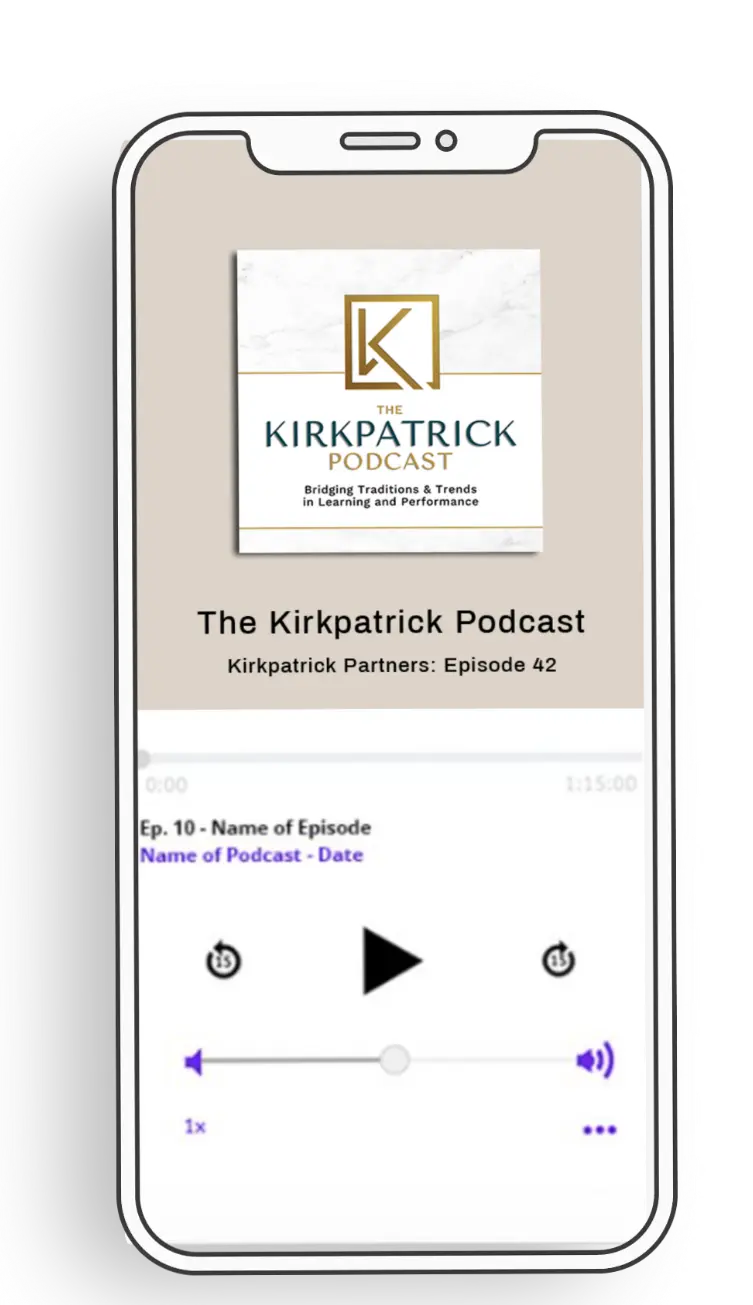Uncovering and Avoiding Fatal Flaws in Evaluation, Part 2

In our last blog post, we talked about the first three fatal flaws of evaluation and how they can throw a wrench into the evaluation process and leave stakeholders feeling hesitant to jump on board. If we’re not careful, these sneaky culprits can jeopardize your entire training initiative. Let’s take a closer look at the final three fatal flaws of evaluation and explore how tackling them head-on can be a game-changer for your training program. It’s a surefire way to get everyone – especially stakeholders – excited and on the same page.
Fatal Flaw 4: Evaluating the Levels Separately
One of the most common flaws in the world of training and evaluation is evaluating each level of training separately. This is how it typically goes: Level 1 is measured through smile sheets, while Level 2 focuses on knowledge tests. Then, we’re off to Levels 3 and 4, checking behavior change and results. The problem is that we often treat these last two like they’re on an island of their own.
Here’s the scoop: the real magic happens when we connect these levels rather than isolating them. When we can weave together not just Levels 1 and 2 but also Levels 3 and 4, it gives us the full picture of training effectiveness.
Fatal Flaw 5: Overreliance on Quantitative Data
Another fatal flaw when evaluating training programs is putting all your eggs in one basket, be it quantitative data or anecdotes. At Kirkpatrick Partners, we like to get the perfect blend – that sweet spot between hard data and human-centered stories. It’s not just about crunching numbers; it’s about weaving a narrative around them.
But, here’s where it gets interesting: we need to break out of the quantitative-anecdotal tug-of-war. Yes, balancing numbers and stories is important, but the ultimate goal is to find a way for them to work together to tell the true story of the training’s impact. When you focus on storytelling and the stories behind the numbers, you’ll take your evaluation game to the next level.
Fatal Flaw 6: Not Enlisting Stakeholder Support
We’ve all heard the saying, “If you want to go fast, go alone, but if you want to go far, go together.” Organizations often make the mistake of going solo on the evaluation journey without tapping into the wisdom and insight of senior leaders, past graduates, or line managers.
We’ll let you in on a little secret: when you bring in the right stakeholders, you give your training programs a much-needed spark and ease the burden on your L&D department. Rallying support from key players smooths out the evaluation process and elevates your training’s impact.
Building Engagement and Supportive Communities
If you want to get the true measure of your training program’s success, turn your attention to customer satisfaction, relevance, and engagement in Levels 1 and 2. When it comes to virtual classes, we’re not just talking about observing learners. It’s about actively monitoring participation and using technology and social platforms to amp up the insights.
But there’s more. Creating online communities and getting peer support keeps the evaluation train moving and reinforces the learning experience. Building stronger workplace connections is the secret sauce to turning training effectiveness up a notch.
By dodging the pitfall of evaluating levels separately, building engaging and supportive communities, blending stories and numbers, and rallying stakeholder support, organizations can take their training initiatives to new heights. Remember, this isn’t just a one-time win, and it’s not just about checking a box along the way. A proactive approach to evaluation turns your training programs into a launching pad for employee growth and organizational success.
Excited to learn more? Check out the latest episode of The Kirkpatrick Podcast, where hosts Vanessa Alzate and Jim Kirkpatrick continue their chat about how to identify and avoid the final three fatal flaws of evaluation. It’s a must-listen for anyone looking to make a genuine impact on their organization through top-notch training and development practices!
Listen or watch the latest episode here:
Remember, the real magic happens when we fine-tune how we apply training and get results. When we build a culture of trust, engagement, and continuous improvement, we give our training programs a better shot at success.
Looking for a crash course in the Kirkpatrick Model? Check out the Kirkpatrick Evaluation Toolkit, your ultimate champion for efficient and effective evaluation. Learn more here!





